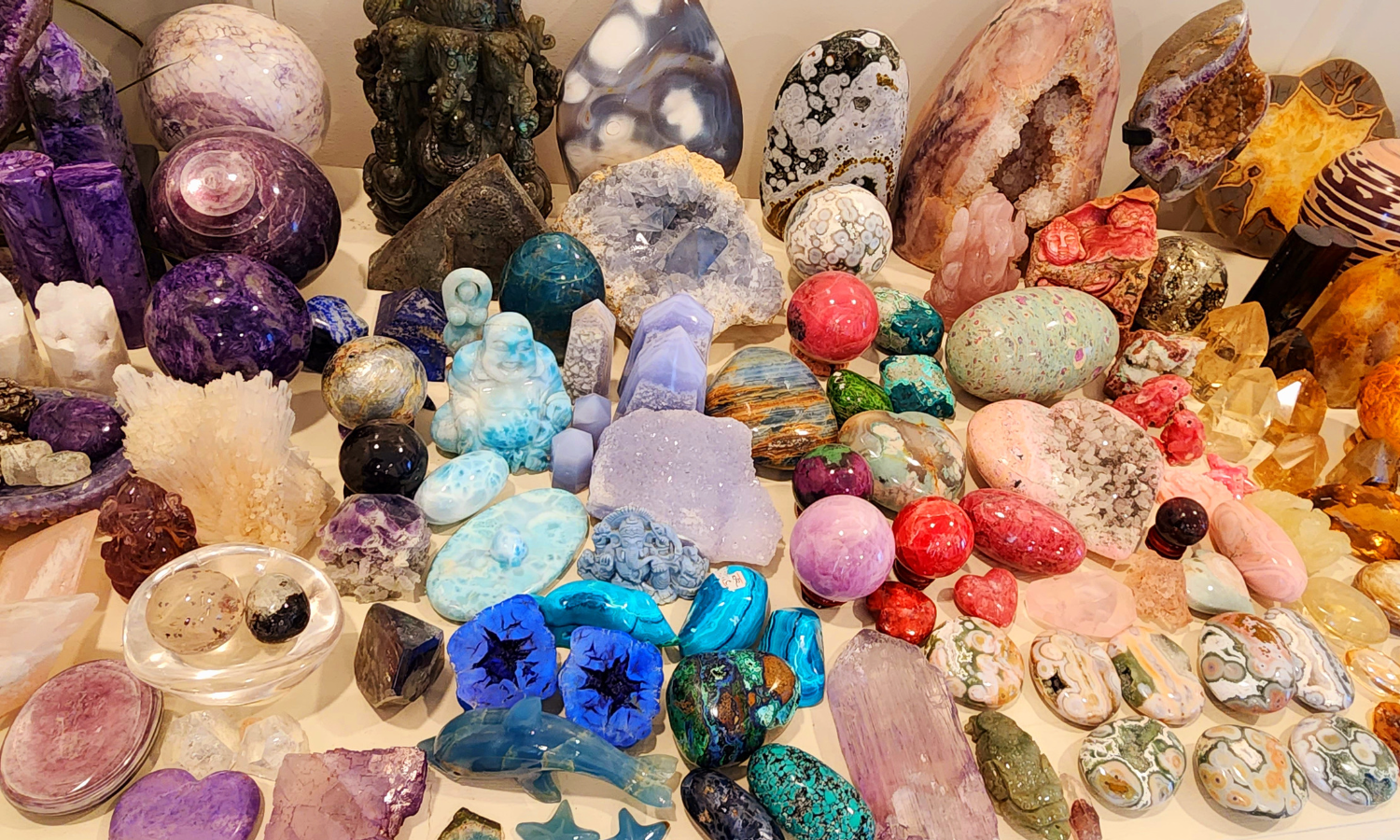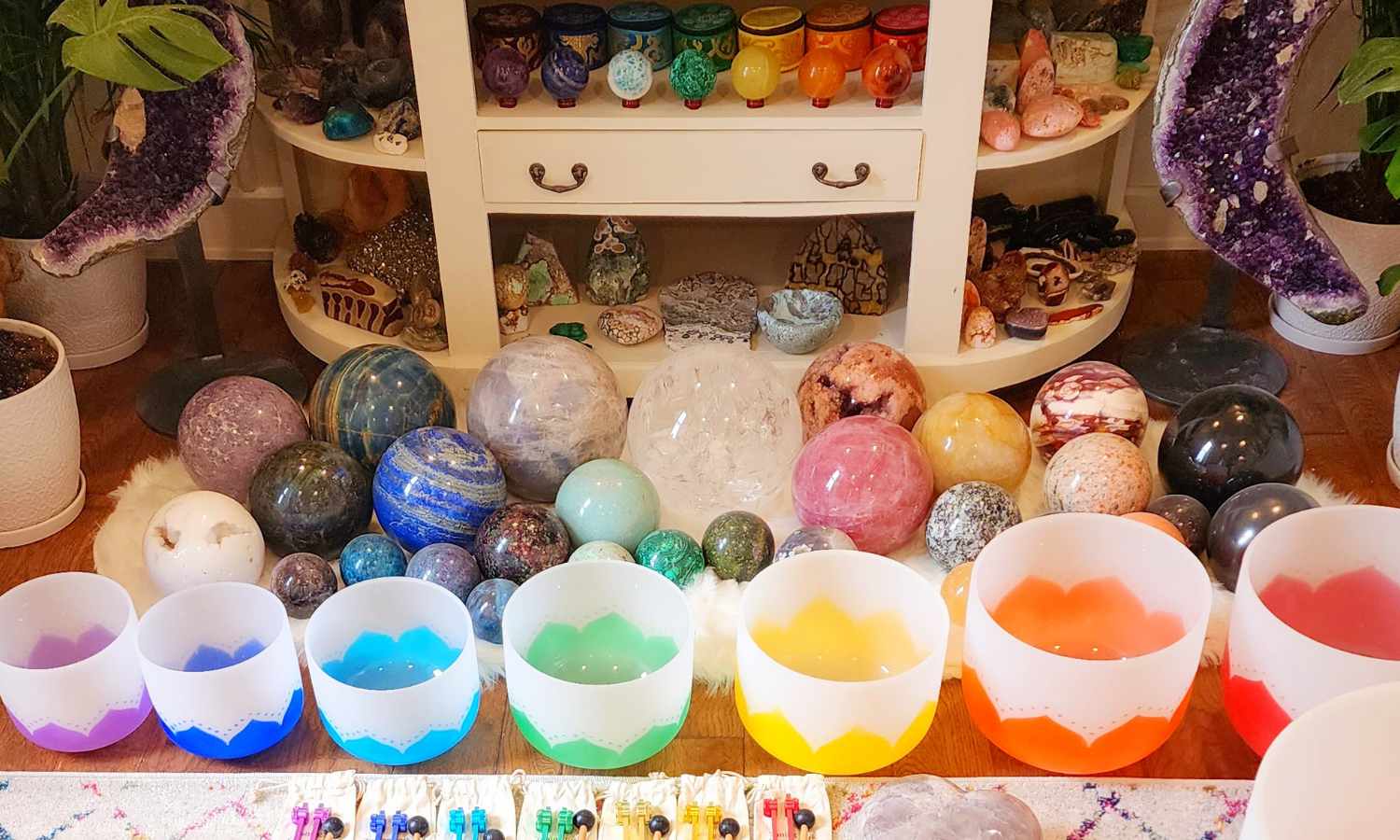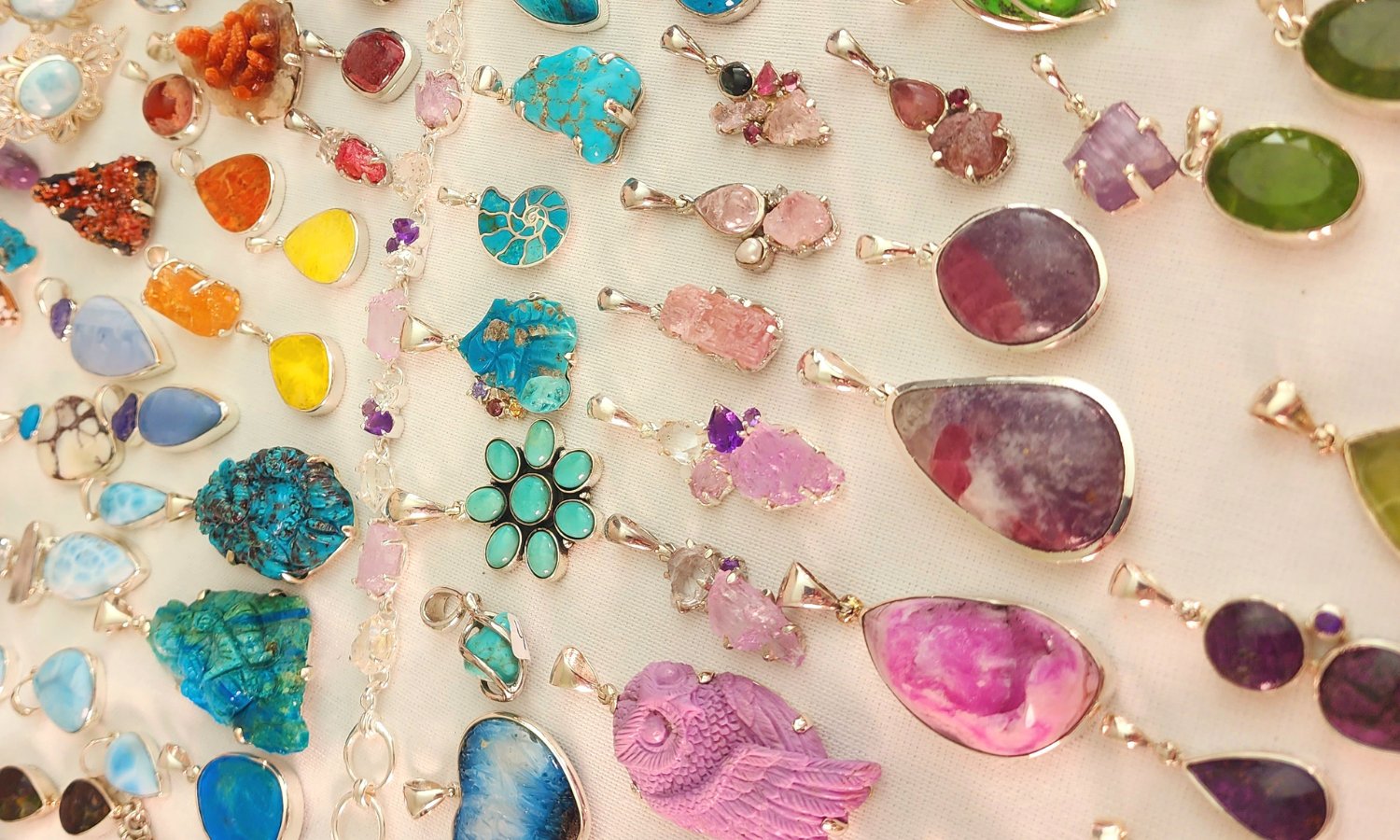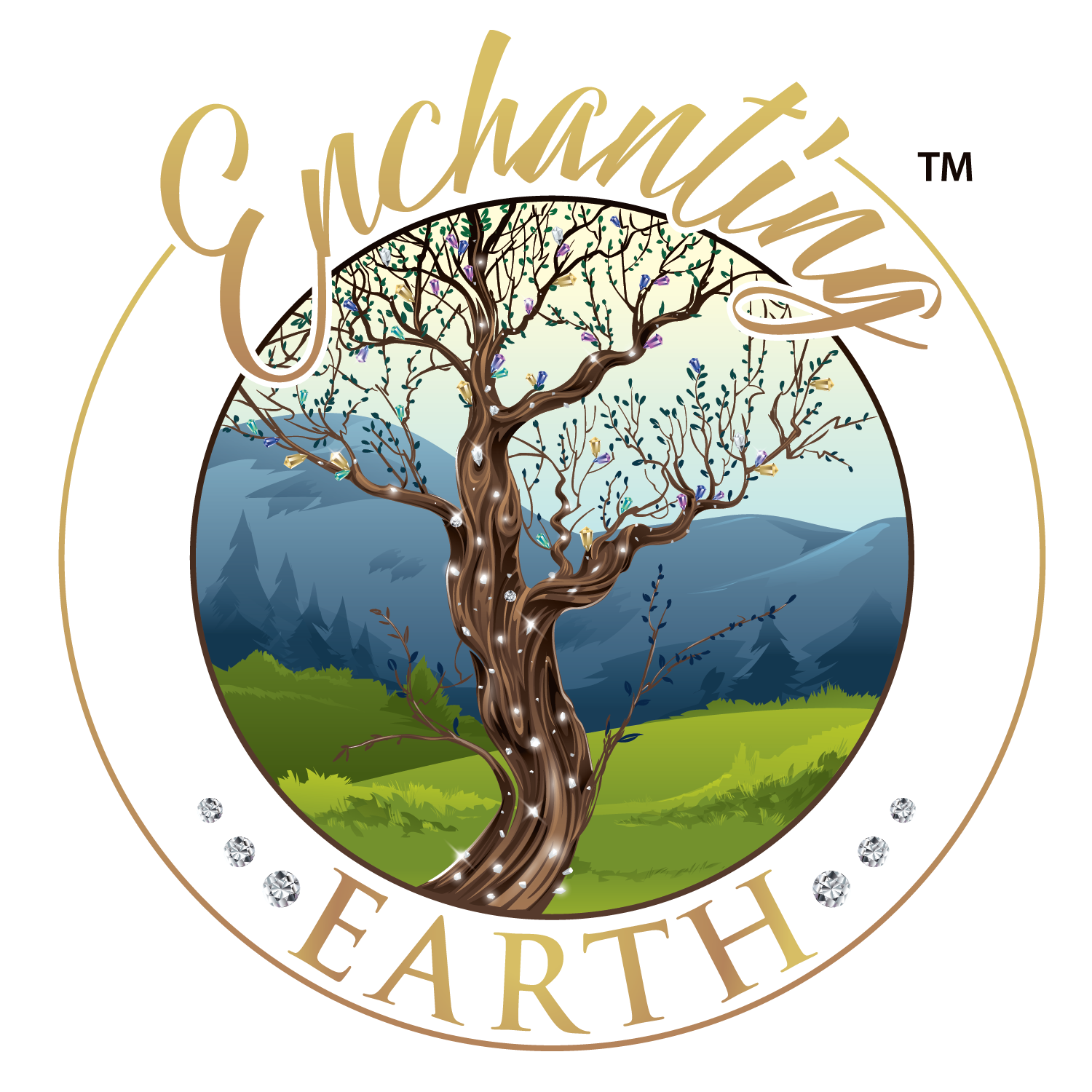
Blue Chalcedony
Blue Chalcedony is a member of the Quartz family, a group of silicate minerals. Blue Chalcedony is found in several areas across the globe with primary sources in Turkey, Namibia and the USA. Quartz is divided into two main groups, macrocrystalline and microcrystalline. Macrocrystalline quartz crystals have well-formed crystals that are large enough to be seen by the naked eye like Amethyst.
Chalcedony is a mineral composed of tiny, microscopic crystals of quartz. It is a microcrystalline form of silica, meaning its crystals are too small to be visible without the use of a microscope. Chalcedony typically has a waxy or glassy luster, and comes in a wide range of colors. Chalcedony is found all over the world, and usually forms in volcanic rocks, geodes, and in sedimentary rocks.
The name Chalcedony comes from the Latin word “chalcedonius” which is derived from the Greek word “khalkedon”. Chalcedony was found at the ancient Greek city of Chalcedon, on the Bosporus straight in Asia Minor (which is now a district in Istanbul, Turkey). Chalcedony is one of the oldest known gemstones. Ancients carved Chalcedony into cylindrical seals in Mesopotamia as early as the 7th century BCE. Blue Chalcedony has been used in cameos, jewelry, sculptures and intaglio carvings throughout history.
Blue Chalcedony is a soothing stone of harmony, peace and self-expression. It's one of my top recommendations to help soothe the body, mind and soul from stress or anxiety. Blue Chalcedony improves your intuitive gifts and is particularly helpful for enhancing telepathy, automatic writing, and channeling.























































